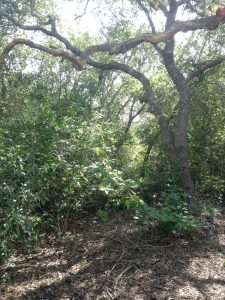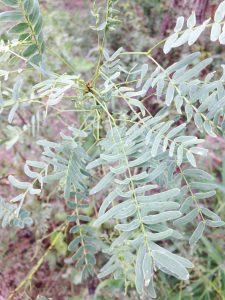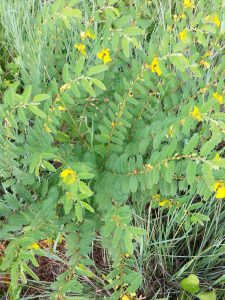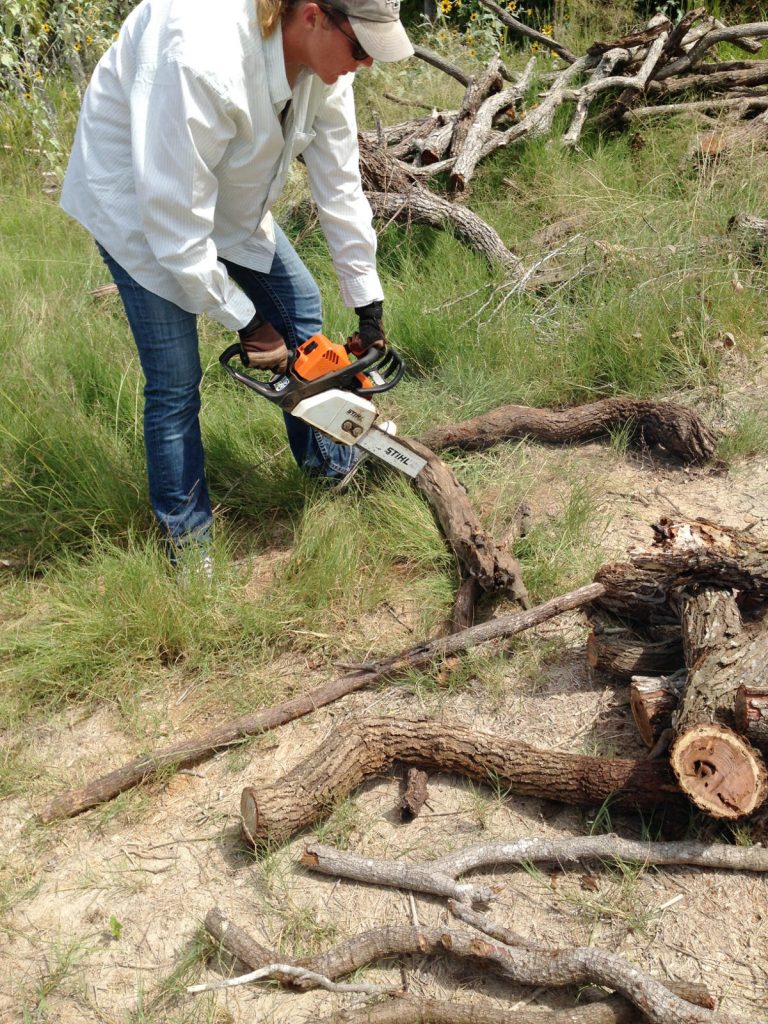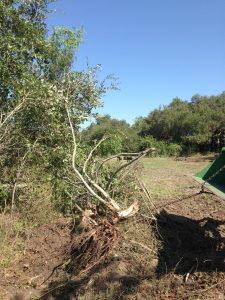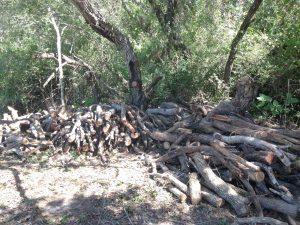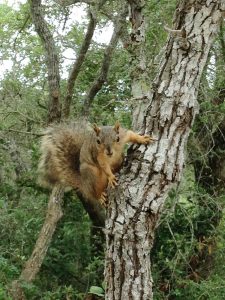
For the Love of Trees!
When I was little I read a book where the main character went to a museum to visit the last living tree. This book has haunted my memories. I have looked and looked for this book as an adult but have never found it. This book, written at least 40 years ago, is more prevalent today than ever. If the author is alive, I wonder how he views the current state of affairs on the decline of trees. Sure there are places in the world where trees are abundant. Texas is not one of those places. Here it will cause people to stand against their family and friends, neighbors and neighborhoods, city and county officials as they squabble about the trimming, removal, and protection of a tree. Here trees are more precious than gold. And when purchasing land, you pay for them, too.
Treed property, no matter the size, shape, or type is significantly more valuable than fields. Cities all across this great state have enacted ordinances for the protection of trees. This city has a Tree and Landscape Committee and the county has a Live Oak Tree Preservation Committee. But unlike The Lorax, the city does not “speak for the trees” out of the goodness of their hearts or protection of a resource. They speak for the trees because enough citizens complained about clear cutting and removal of this limited resource when acres were cleared for a new shopping center and hotel. In this city, abidance of tree ordinances requires money. And with enough money, the trees are not really protected at all. According to city and county ordinance, a tree is “a woody plant having well-defined stem or trunk and a more or less definitely formed crown, and usually attaining a mature height of at least eight feet”. For those not familiar with Texas and its many “trees”, this includes the mesquite, cedar, and weesatch trees. Some who would argue are not really trees at all.
According to Texas A&M Forest Service, a honey mesquite is “a thorny, multi-trunked shrub, or a medium-sized tree to 40 feet tall and one or more leaning, crooked trunks 18″ to 24″ in diameter”. Finding a 25-foot tall mesquite tree is a rare find. These plants have adapted very well to the South Texas dry, hot weather conditions making them the bane of any farmers field. They are fast growers, covered in thorns, and have seeds that can lay dormant for years before germination. Animals love to eat mesquite beans because they are sweet. But what goes in must come out. And for farmers, that means more mesquites bushes/trees.
Similar in design and features are weesatch bushes. Unlike mesquite trees, they remain bush size but can be pruned to look like a tree. The picture below is a weesatch at a friend’s house. Notice the bright yellow buds. It is a beautiful example of a pruned weesatch tree. A tree mind you with 4-inch thorns capable of piercing through gloves, pants, and even tractor tires.
Ashe juniper, otherwise known as a mountain cedar or just plain cedar tree, is “a shrub or small to medium-sized tree, growing to 30 feet tall and a trunk to 16″ in diameter” and is “considered an invasive weed species over much of its range”. Just says that words cedar fever anywhere in south/central Texas and people will cringe. This tree quickly propagates and is highly aggressive for water yet drought tolerant. In the winter, it blooms heavily with orange pollen causing sinus havoc for people statewide.
While there are no cedar trees in the coastal bend, there are plenty of mesquite and weesatch. Boxes In Fields has at least two well establish mesquite trees. There could be more but the briar and grapevines limit access to the middle clump of trees. Tree removal is not our goal. Removal of dead and ill-formed is understandable. Thinning causes me great pain but thinning is required for the health of future trees. I love these live oak trees with the low slung branches, the wildlife that lives in the trees, and the shade provided by the trees.
According to both the city and county ordinance, no tree over 6 inches can be removed. If protected trees are removed, then there are rules governing how many, what type, the location of new planting, and the time frame to offset the removal. Failure to comply with these ordinances can result in a $500 fee per tree. Wow, with a fee that steep it would seem no tree is ever removed? But as we know, progress dictates growth and growth requires “exemptions” for tree removal.
In order for a building permit to be issued, paperwork must be filled out stating where structures will be placed, how many trees are to remain, and how many trees at what size are being removed. If you are in the city this process requires even more money because this paperwork must be approved by a certified tree expert and several city departments. What this means in the short of it, is any tree no matter the type or size can be deemed an “exempted” tree if it prohibits the building of a structure, ie: a home, a home addition, a garage, a pool, and of course driveways. Not only are these trees granted an exemption, they do not have to be replaced.
While there are many other exemptions, there is only one other affecting Boxes In Fields. Residing in the county means these ordinances only applies to property greater than 1 acre. Acreage lots are the new fancy neighborhoods. In the county, lots range from 30-50 feet wide by 125-200 feet long, making lots a long ways from an acre. So what does this mean exactly? It means every tree no matter the size, age, or type can be removed at the owner’s whim. Clear cutting is completely legal. It seems protecting the trees as it turns out is more fluff than substance. What a shame.
Boxes In Fields will not be clear cutting their land. Every tree removed will be selected based upon a tree’s health, grass growth, and general protection of the land. When trees are removed, the wood will be salvaged for firewood. This is to include sticks too, otherwise known as kindling. The smaller branches will be used for ground cover once mulched therefore offering back its nutrients. Trees are crucial to Boxes In Fields and we will “speak for the trees”.
